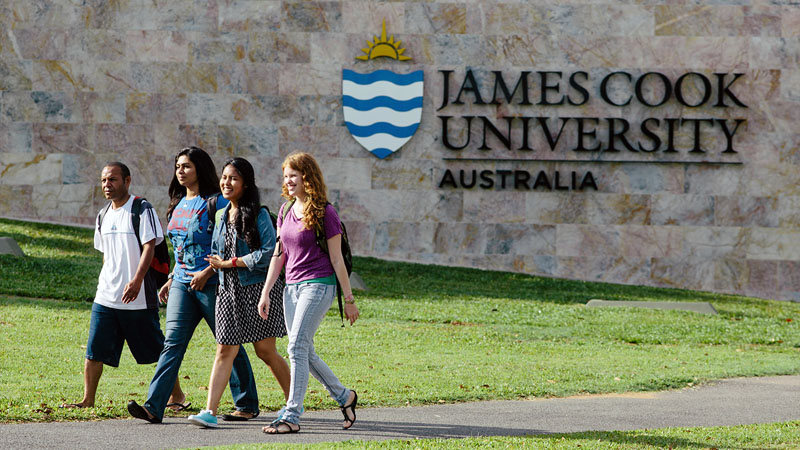
A new water sampling method is being tested by James Cook University researchers to detect viruses in prawn ponds before they can cause widespread damage and financial losses. The environmental DNA (eDNA) sampling method, funded by Food Agility CRC, aims to slash biosecurity costs and protect Australia’s AUD 220 million (USD 146 million) prawn farm industry.
A Safer and More Cost-Effective Approach
The traditional method of detecting pathogens in prawn farms involves catching prawns, taking tissue samples, and then disinfecting equipment before moving to the next pond. This process is time-consuming and costly, with estimates suggesting it can cost up to six times more than the eDNA sampling method. In contrast, eDNA sampling requires significantly less effort, with researchers estimating a saving of AUD 484 (USD 322) per prawn pond.
The eDNA sampling method can effectively act as an early warning system to identify the presence of viruses before a wider outbreak occurs. This allows farmers to take preventative measures to prevent the spread of disease, reducing the risk of financial devastation.
Long-Term Benefits
The study also enables scientists to investigate the pond conditions that avoid disease outbreaks. By collecting more samples, researchers can gain a better understanding of why some farms are more susceptible to disease than others. This knowledge can be used to develop more effective farming practices that reduce the likelihood of disease outbreaks.
Pilot Study Success
A pilot study conducted earlier this year demonstrated the effectiveness of eDNA sampling in prawn ponds. The study used an incubating filter that relies solely on water currents to collect viruses, reducing the time investment required for surveillance. This approach allowed researchers to sample an entire farm in just one day, compared to two to three days using traditional methods.
Potential Impact
If successful, the eDNA sampling method could become an essential aspect of biosecurity in farmed prawns. It has the potential to make biosecurity more economically viable for farmers and provide a valuable tool for scientists to understand how farming practices can reduce the likelihood of disease if a pathogen enters the farm.
The two-year study will be conducted at Australian Prawn Farms and Seafarms’ prawn ponds in north Queensland, with researchers from JCU’s AquaPATH lab working closely with farmers to implement the new method.